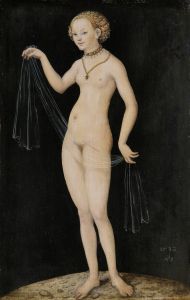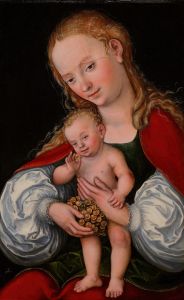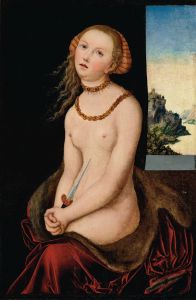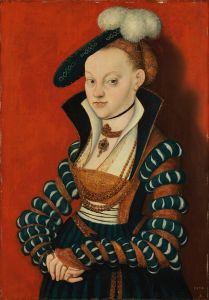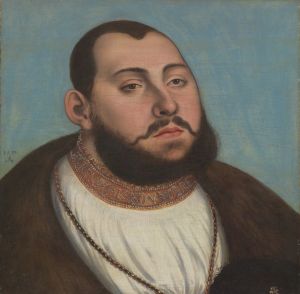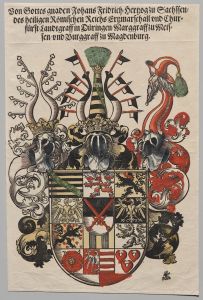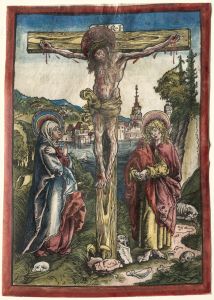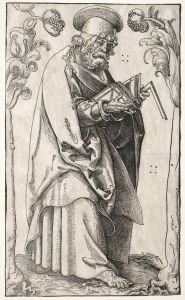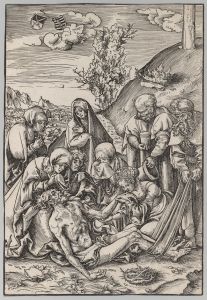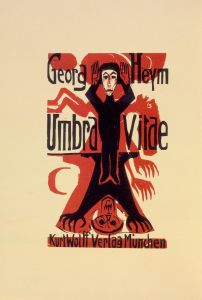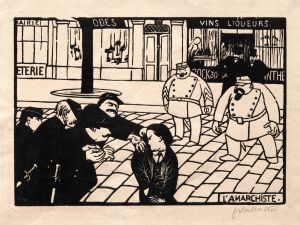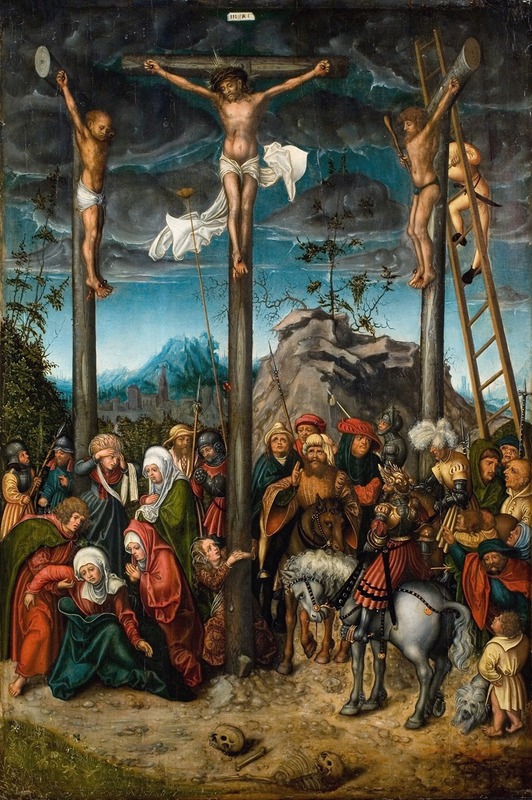
The Crucifixion
A hand-painted replica of Lucas Cranach the Elder’s masterpiece The Crucifixion, meticulously crafted by professional artists to capture the true essence of the original. Each piece is created with museum-quality canvas and rare mineral pigments, carefully painted by experienced artists with delicate brushstrokes and rich, layered colors to perfectly recreate the texture of the original artwork. Unlike machine-printed reproductions, this hand-painted version brings the painting to life, infused with the artist’s emotions and skill in every stroke. Whether for personal collection or home decoration, it instantly elevates the artistic atmosphere of any space.
Lucas Cranach the Elder, a prominent German Renaissance painter, created several works depicting the theme of the Crucifixion, a central event in Christian theology. His paintings are known for their vivid detail, emotional intensity, and incorporation of contemporary elements into traditional religious scenes. While there are multiple versions of the Crucifixion attributed to Cranach, each piece reflects his distinctive style and the religious context of the time.
Cranach was born in 1472 in Kronach, Germany, and became one of the leading artists of the Northern Renaissance. He served as a court painter to the Electors of Saxony, which significantly influenced his work and allowed him to produce numerous religious and secular paintings. His association with the Protestant Reformation, particularly his friendship with Martin Luther, also played a crucial role in shaping his artistic output.
The Crucifixion scenes by Cranach typically depict Christ on the cross, surrounded by various figures, including the Virgin Mary, Saint John, and other mourners. These works often reflect the theological and artistic shifts occurring during the Reformation. Cranach's paintings are characterized by their attention to detail, use of vibrant colors, and the ability to convey deep emotion through facial expressions and body language.
One of the notable aspects of Cranach's Crucifixion paintings is the inclusion of contemporary figures and settings, which was a common practice among Northern Renaissance artists. This approach helped viewers of the time relate more closely to the biblical events depicted. Cranach's ability to blend traditional religious iconography with elements of his own time made his work particularly resonant with audiences.
Cranach's paintings often include symbolic elements that convey deeper theological meanings. For example, the presence of certain animals or plants might allude to themes of redemption or resurrection. His use of light and shadow also enhances the dramatic effect of the scenes, drawing the viewer's attention to the central figure of Christ and the surrounding mourners.
The influence of Cranach's work extended beyond his lifetime, impacting both religious art and the broader development of European painting. His ability to capture the human experience and emotion in religious contexts set a standard for future generations of artists. The Crucifixion scenes, in particular, demonstrate his mastery of composition and his deep understanding of the spiritual and emotional dimensions of the subject matter.
Cranach's legacy is preserved in numerous museums and collections worldwide, where his works continue to be studied and admired for their artistic and historical significance. His Crucifixion paintings remain a testament to his skill as an artist and his ability to convey complex religious themes through his art.





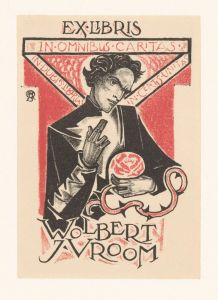
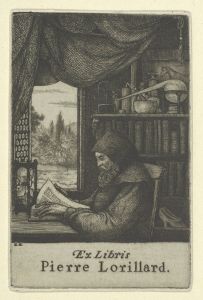
![Design for fine art print, ‘The Mad Dancer’.] [Original study for woodcut print](/imgs/249285/s/winold-reiss-design-for-fine-art-print-the-mad-dancer-original-study-for-woodcut-print-636dd80b.jpg)
